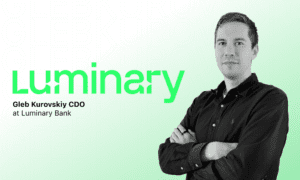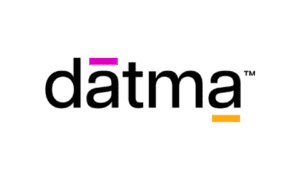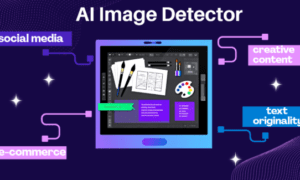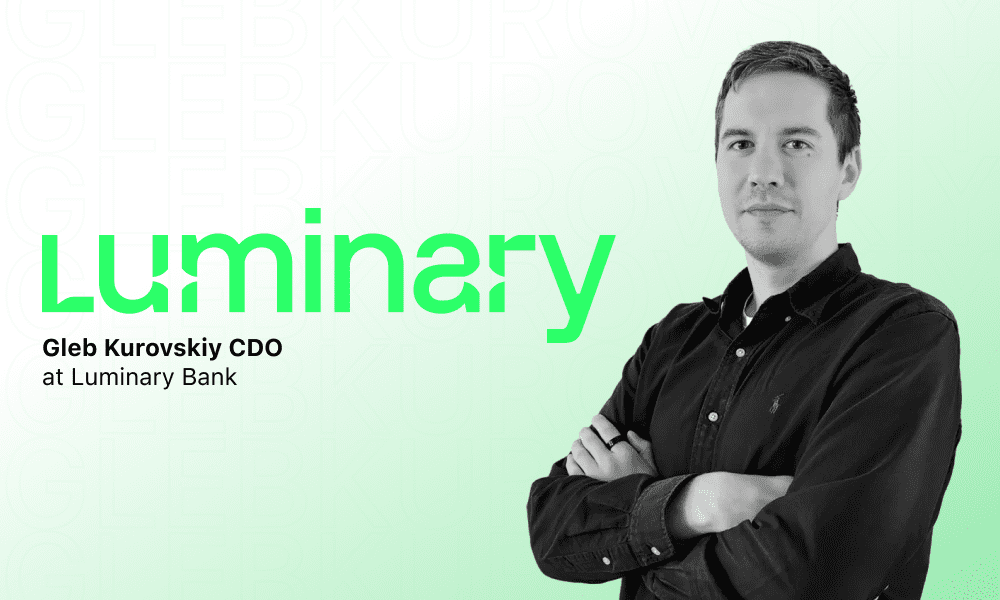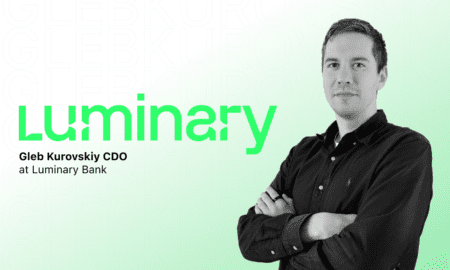With more customers purchasing products and services directly from social media, paid social media advertising is far from dead. In 2025, it offers a channel for e-commerce marketing services growth with a high potential return on investment. When done right, paid social campaigns are executed with strategy and expertise. In fact, despite it being harder than ever to draw the attention of your target audience, social commerce now accounts for nearly 17% of global e-commerce. Paid social is becoming a more crucial part of brands’ digital marketing strategies.
Paid Social vs. Search Advertising
While “content is still king” and organic social media marketing is still the foundation of any effective digital marketing strategy, social media spaces have become increasingly crowded and cluttered. This has made paid advertising placements even more important than before, and companies are competing fiercely for these placements. In fact, the Internet advertising industry pulled in $1 trillion in revenue from ad sales in 2024, a new record for the sector. Most of this came through either paid social or search advertising.
While Google Ads can help you capture high-intent traffic, platforms like Facebook and Instagram offer you broader reach and the opportunity to grow your audience and widen the top of your marketing funnel. These ads also give you more flexibility and room for creativity, so you can use visual storytelling to share your brand message with people who may be encountering it for the first time or may be ready to give it a second, closer look. When Facebook and Instagram ads are optimized properly, they also offer lower customer acquisition costs.
Bringing Strategy to Your Facebook and Instagram Ads
Facebook and Instagram’s native algorithms value creative variation and engagement. This gives you an incentive to play. Brands that are effective in generating leads or purchases through Facebook ads are those that run dynamic ad campaigns that are tailored to detailed customer personas. Where a Google search ad lets you target a specific keyword, a Facebook ad lets you target a specific set of interests.
You can also use your research into Google keywords and how your target audience responds to your Google ads to help you create more targeted custom audiences for your Facebook ads. Using lookalike audiences and setting up retargeting strategies can help you increase conversions. Tapping the expertise and experience of a Facebook Ads agency can also help you execute retargeting strategies more effectively.
Partnering with Agencies
More brands today partner with a Shopify marketing agency or an e-commerce marketing agency, and it isn’t difficult to see why. As the field of paid social media marketing matures and as e-commerce itself becomes more competitive, your in-house digital marketing expertise may have difficulty keeping up. Even with expert content marketers and digital marketers on your team, there is still something to be said for not reinventing the wheel.
Social media advertising agencies bring you advanced data analysis, deeper knowledge of the social media platform, and speed with creative iteration that internal teams may lack. They can also speak from wider expertise, from running many campaigns for a wide range of companies and audiences. For Shopify store owners, these agencies also allow you to align your ad campaigns with back-end product data and store metrics.
Teams like Rozee Digital can often share case studies of brands that have doubled their return on ad spend (ROAS) or have slashed their customer acquisition cost (CAC) through optimized paid social campaigns.
Telling Your Story
Whether you are striving to design the right campaign or hire the right agency to help, make sure that you begin by thinking of your social media marketing in terms of visual storytelling. As most agencies will tell you, social media is no longer just a platform for raising awareness about your brand; it is a platform for earning your audience’s trust. That means your paid social content is also about more than grabbing attention; it can inspire trust and connection.
To do that, you will need to be very clear on what stories you are telling and to what audiences. You will also need to think of your social media mix as a complex ecosystem consisting of organic, paid, and influencer content. After all, with nearly 5 billion users now on social media around the world, social commerce and competition for those customers can only be expected to grow.


